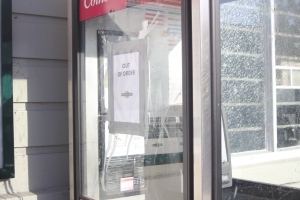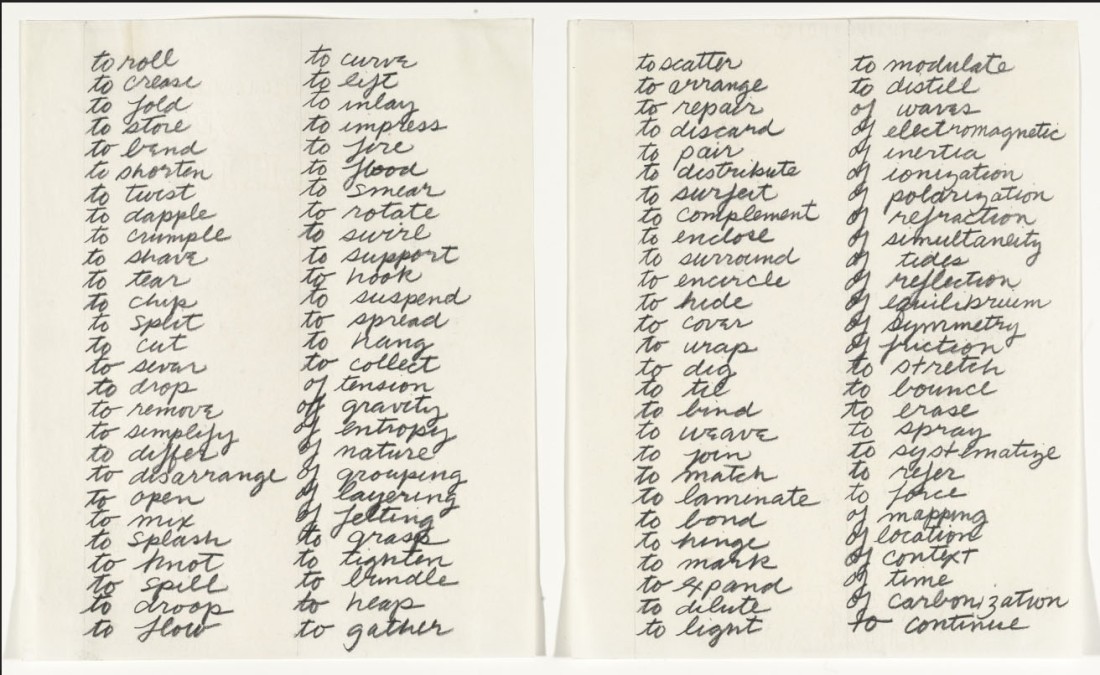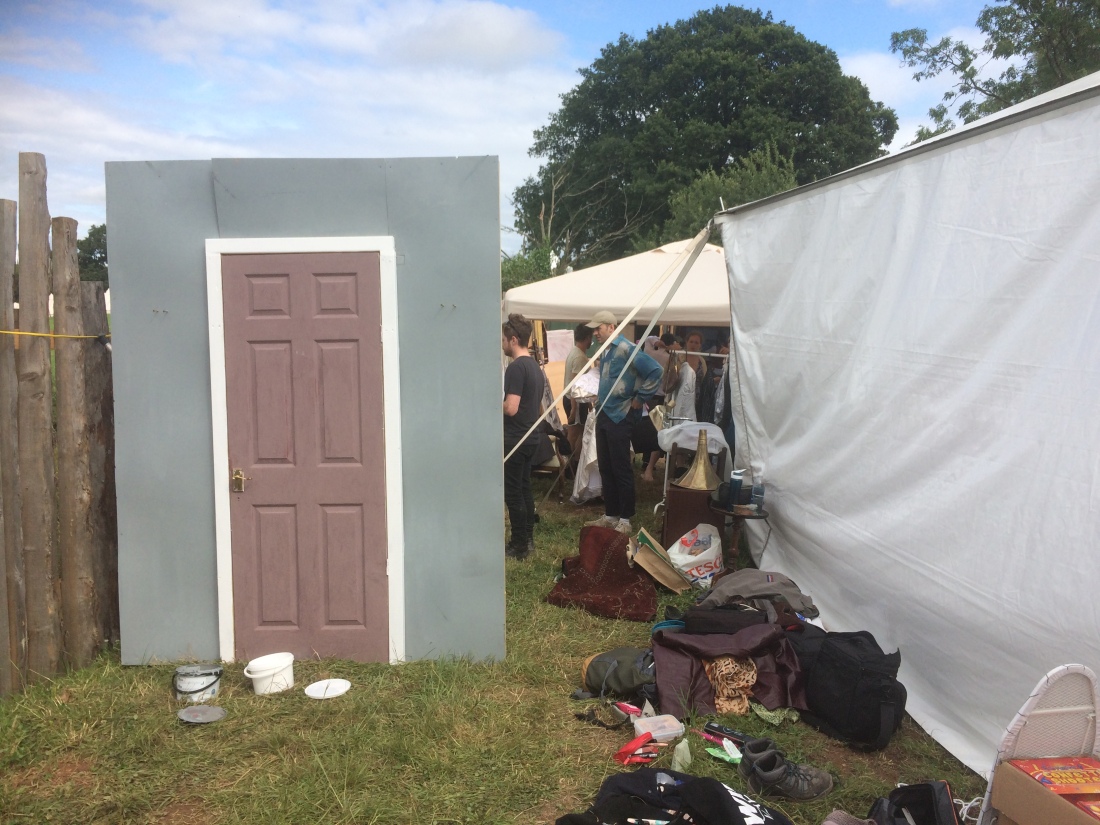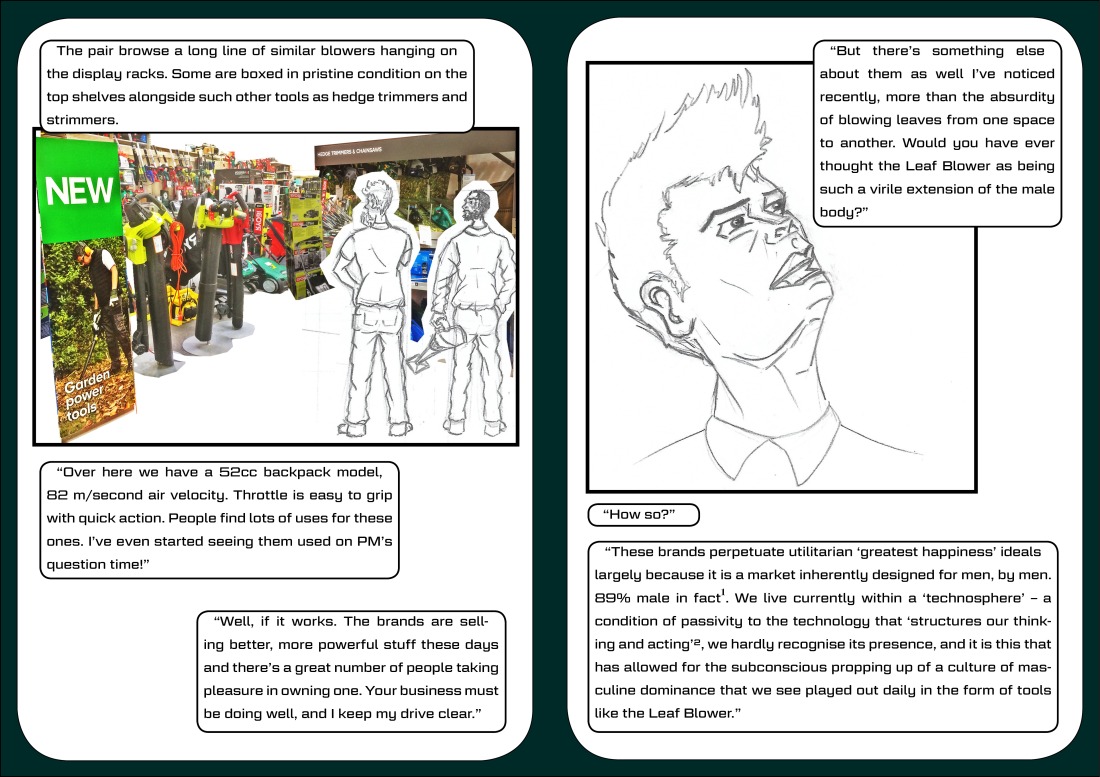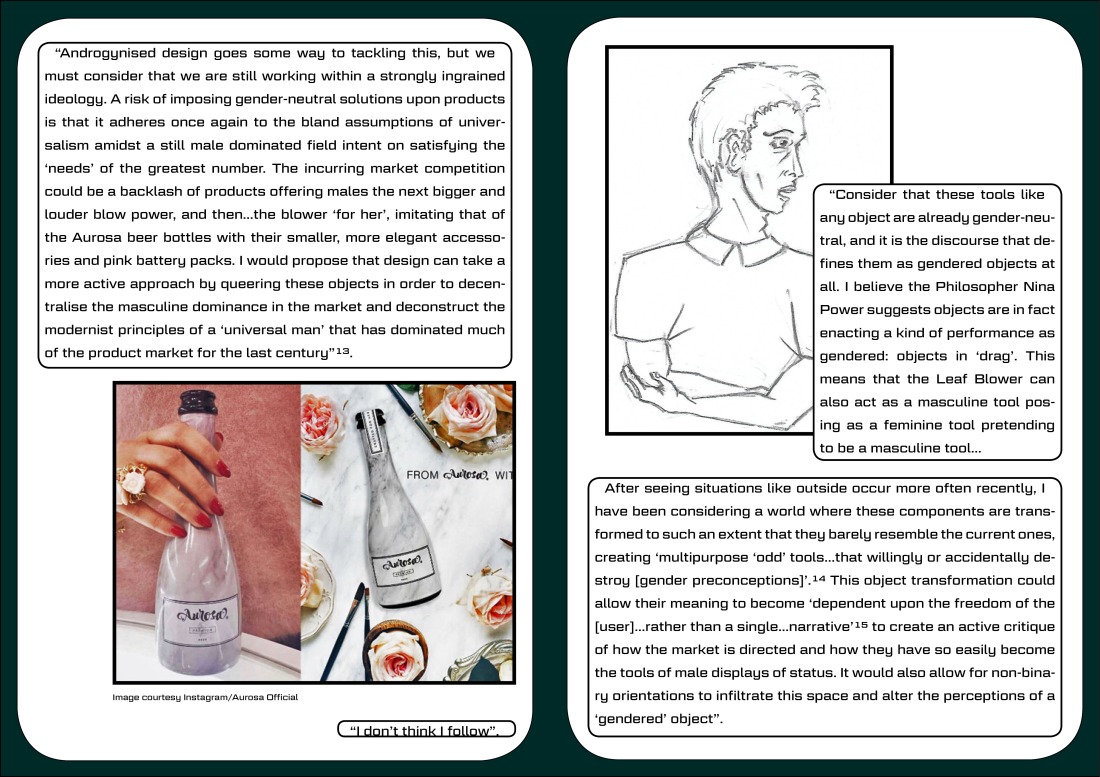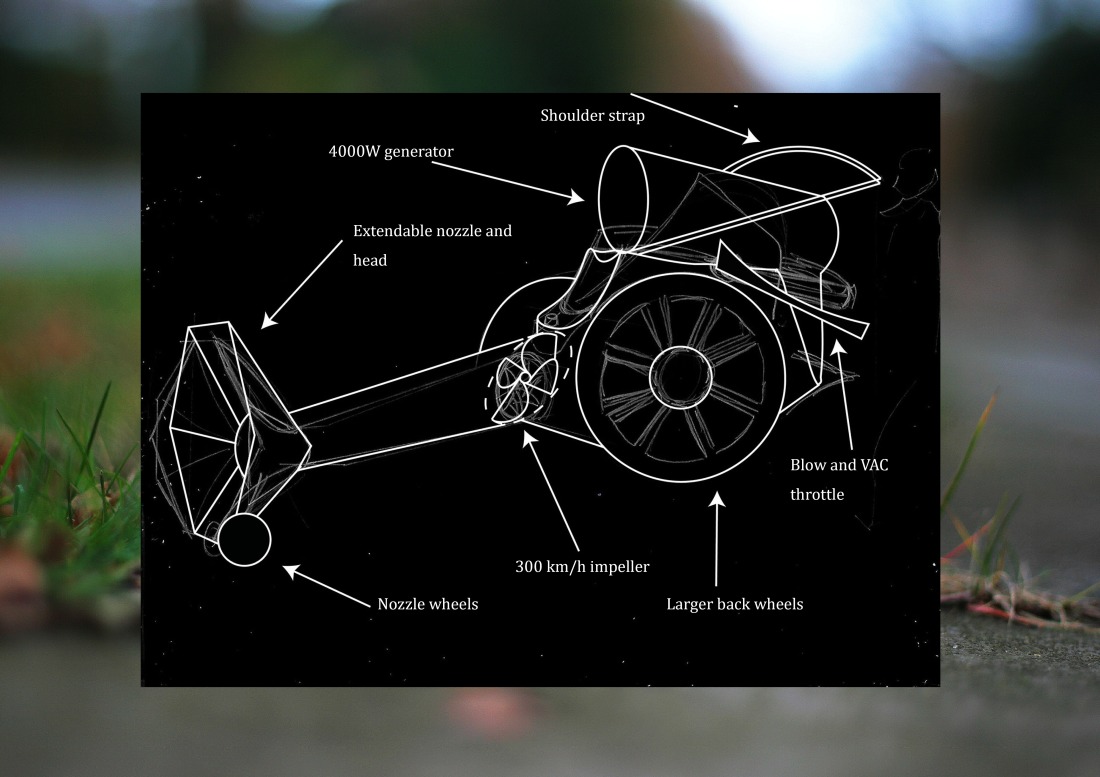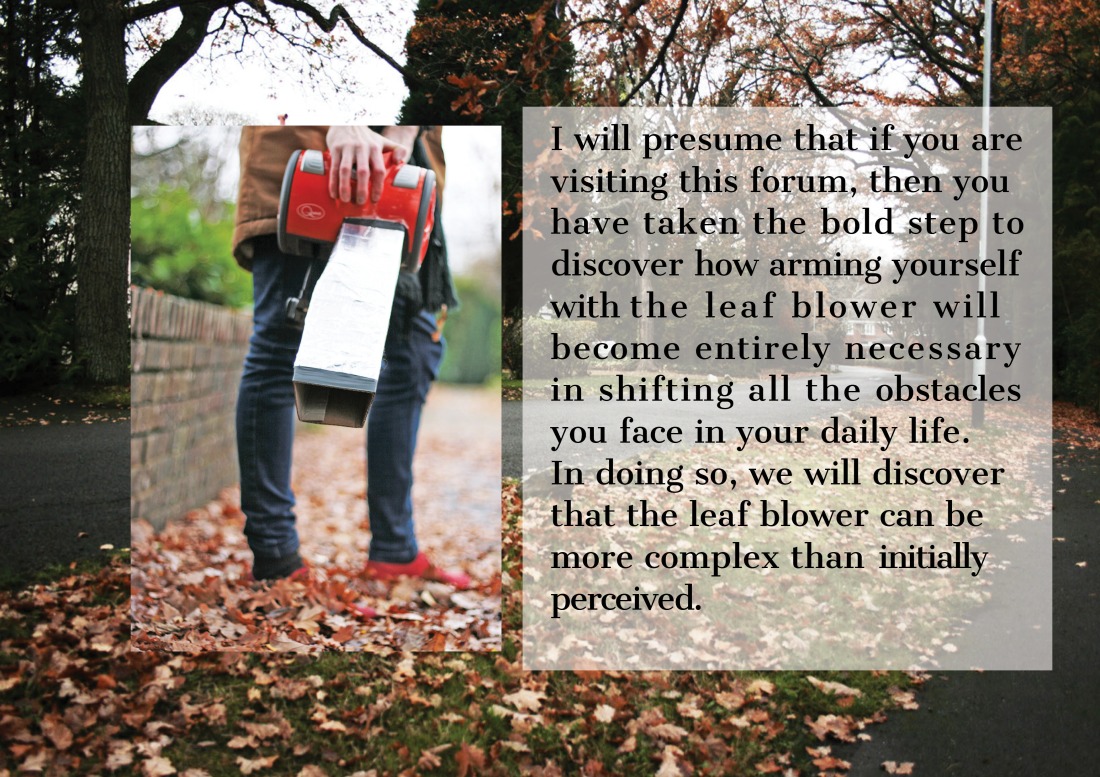Grotesque hybrids of plants tearing concrete and roots writhing through cracks in the pavement as hands dig and strip the soil and water drips, engulfed by fungus and insect life. Soil spurts and dissipates through the heavy mass of bodies; tarmac bodies, steel bodies, skin upturning gravel and hair interweaving with stems and dirt and industrialised grime as cars go by and human, plant and gravel flesh intersect with one another.
I think there is something exciting, but intrinsically violent about the act of guerrilla gardening. Perhaps there is with all gardening, in the pursuit of carving the human will upon natural space and shaping it to form desired structures. But with guerrilla gardening, there is the added anarchism of tearing up private and often derelict land and implanting new matter into it. The presence of the guerrilla gardener themselves is an act of violence upon the space. A merging of the acting body within concretised infrastructure and the vibrancy of the living organism spreading its roots. Guerrilla gardeners would argue that derelict and privatised land itself, no matter how small, is a violent presence also, upon those who see these spaces as potential to cultivate something new and pleasant for all who experience it. But I think guerrilla gardening can go further than the black and white ‘plants = good vs. concrete = bad’ narrative.
When I wrote the passage at the beginning of this text, I was considering theories of new materialism and vital materiality. The performing body with these organisms and these materials (the soil, the roots, the concrete, the brick, the trowel, the water) makes connections to the tactility of the world and to the nature of materials. The integration of the body in the space and the liminality these spaces embody as they morph between obstinate suburban concrete and unbound growing organism. I’m reminded of such grotesque liminality and abhumanism found in the body horrors of David Cronenburg films. Flesh and soil derived from this line of thought. Flesh and soil is a visceral slogan for how bodies can integrate themselves with the dirt and grime that we live amongst, yet, in our human-centricity, endeavour to separate ourselves from. It is a call to reframe the ecological issues we face, and build sympathy with human and non-human actors through the direct merging of bodies, architectures and plant-life. I think my issues with guerrilla gardening largely derives from the covert attitude they have to adopt. There is little room for a wider participation and consideration of how the work lives on and influences the local community beyond how pleasing the bed of flowers might be to the eye (and who’s eye?). The action and political sentiment is there and alive though, and a malleable field for integrating other design potentials into.
I am drawn once again to eco-scenography as part of this. In practice, eco-scenography is the study of connections between the body, architecture, object, sound and light – all lenses through which to explore new materialism in increasingly interactive and immersive ways. It also considers the life of work beyond the confines of the stage, to how it can influence communities and become more self-sustaining. When the performer becomes part of the work and relates physically to a material, new meanings may begin to emerge. Guerrilla gardening cannot fully inspire this in its drive to perform in such isolation from the wider population. I see this as key for addressing how spaces can become more fluid themselves when applying human bodies and action to deep, dirty, grotesque manual labor. Bodies, soil, roots and concrete displaced amongst architectures and finding the compromise between illegality and legality to intervene in ecosystems that intertwine us with more connected living.










